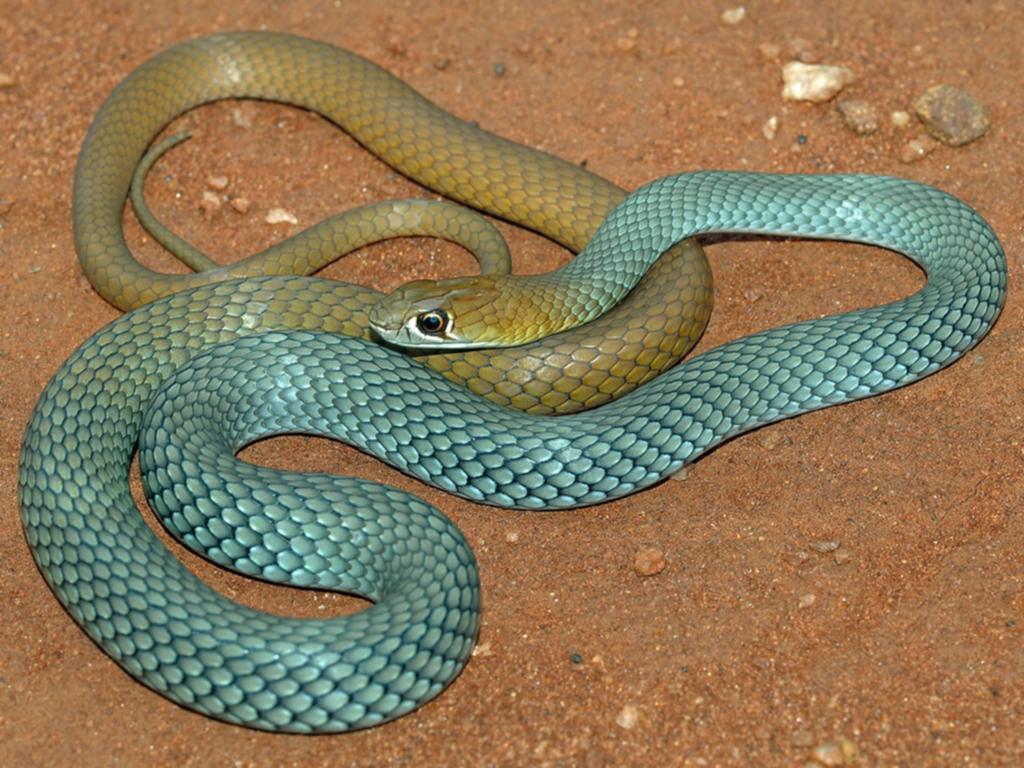The desert whip snake is the latest addition to Australia’s reptile family.
With distinctive blue and orange sections on its body, the new species looks a lot like a killer python lolly.
Its unique colouring inspired its scientific name, Demansia cyanochasma. It comes from the Greek words ‘kyanos’ meaning blue and ‘khasma’ meaning chasm or expanse.
It was described for the first time by researchers and herpetologists from South Australia and Western Australia.
AS QUICK AS A FLASH
The desert whip snake is found across arid areas of Western Australia, South Australia, Queensland and the Northern Territory.
Until recently, it had been confused with other species of whip snakes. However, thanks to a team of reptile experts, it has been distinguished as a unique species.
According to Brad Maryan, a Perth herpetologist, the whip snake has been a “bit of a thorn in the side” of many researchers.
“For a long time, there [was] confusion within central Australia with all of the whip snakes,” says Brad.
Like other whip snakes, the desert whip snake has large eyes and a slender body.
“They’re designed for speed,” says Brad. “If you want to catch it, you’ve got to be like the Flash!”

GIPHY
THANKSSS TO DNA ANALYSISSS
The desert whip snake was distinguished from other whip snakes using DNA sequencing.
“There was a 4% … [difference] in the samples,” says James Nankivell, a geneticist from the University of Adelaide.
“It is relatively low, but consistent.”
While the methods used are well known for unveiling new species, it’s difficult to tell how the DNA differences affect the animal.
James sequenced many samples of the desert whip snake and studied the DNA of most other whip snake species.
“We’re pretty confident … of how these animals are related to each other and related to other members of the genus,” says James.
To be precise, the new species is a combination of WA’s reticulated whip snake and the yellow-faced whip snake from Eastern Australia.
SHEDDING NEW LIGHT
While there’s no concern about the new species’ risk of extinction, identification is important for future conservation efforts.
It’s extremely difficult to conserve an animal that isn’t known to exist!
Using DNA sequencing to identify species can also help scientists understand evolution on a large scale and species diversity in small regions.
FOR GOODNESS SNAKE!
It may be surprising to think that, in 2023, we’re still finding new reptile species. How many more could be awaiting discovery?
“A lot,” laughs James.
Over 300 reptile species have been identified in Australia in the last 20 years.
Only time and science will tell how many more are yet to be uncovered.










